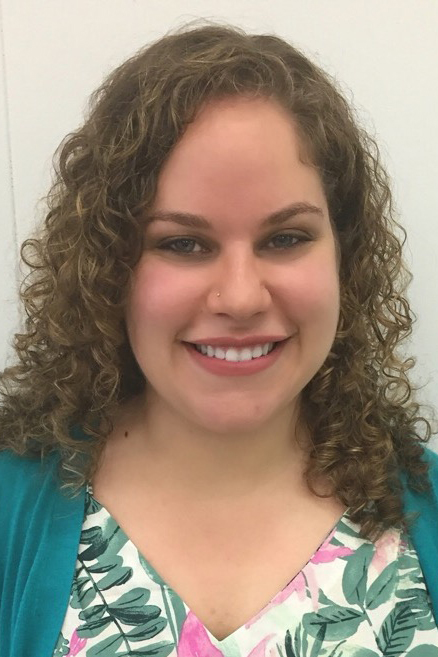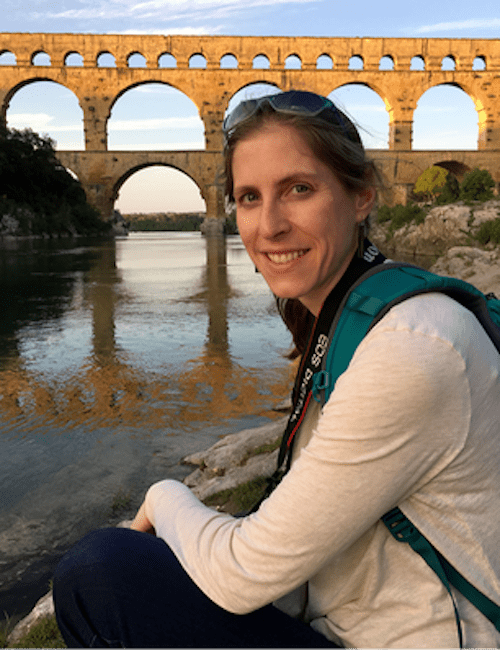To conserve precious and fragile biodiversity hotspots, a crucial step is knowing how the fruit eaters are doing. To assist in that, scientists and students at Michigan State University have supersized a database to keep track of such animals and birds.
In the June open-access journal, the group introduces for the first time a hulking list of more than 45,000 traits for creatures that eat fruit. Frugivoria, named for the species called frugivores who survive mainly on fruit, supersizes existing databases by providing researchers and conservationists with one-stop listings of both critters and birds in the forests of Central and South America. Frugivoria’s data and workflow are open and accessible to all to help facilitate its use for addressing the biodiversity crisis.
In a time of rapid climate change, it’s crucial to understand how the fruit eaters are doing in specific ways.
“With climate change, seed dispersion is really important,” said Beth Gerstner, a Ph.D. candidate in the MSU Department of Fisheries and Wildlife who led the development. “Fruit eaters maintain forest composition and health by pooping — which spreads seeds. Frugivoria is an important contribution because researchers can use this to understand the diversity of their roles in the ecosystem.”
Knowing what is doing the fruit eating and pooping, as well as their distribution and life traits — their life expectancies, breeding habits, habitat preferences — is critical to tracking changes that climate change may bring. Yet current databases were fragmented or incomplete.
Starting in 2018 at MSU, 12 undergraduate students were tasked with sleuthing through mounds of scientific publications to flesh out existing records of fruit eaters, adding birds for a more holistic understanding of the forests. Most exciting, Gerstner said, was entering 44 new species, like the olinguito (shown in the header image).
That’s a member of the same family as racoons that lives in the cloud forests of the northern Andes, and one that Gerstner studies. The olinguito had been mistaken for the larger olingo, but upon being discovered in 2013 has been found to indeed be genetically different.
“Natural history is entering the age of big data,” said Phoebe Zarnetske, associate professor in integrative biology and director, Institute for Biodiversity, Ecology, Evolution, and Macrosystems. “Through Frugivoria, we are contributing to increasing the accessibility of natural history information traditionally found in museums and collections. This project provided a unique opportunity to engage numerous undergraduates in research with data science and functional ecology.
Zarnetske said Frugivoria can help with both basic and applied questions about species’ functions in their environment. It can be used by community scientists to learn more about species’ natural history, and it can aid in species conservation assessments
“As a result,” she said, “Frugivoria is part of something bigger — we can leverage the power of its big data to help solve the biodiversity crises.”
Getting Frugivoria out where it’s needed is Gerstner’s goal. “My hope,” she said, “is for the database to be used by the International Union for the Conservation of Nature and people doing on-the-ground conservation.”
Both Gerstner and Zarnetske are members of MSU’s Ecology, Evolution, and Behavior Program and Spatial and Community Ecology (SpaCE) Lab.
The work behind “Frugivoria: A trait database for birds and mammals exhibiting frugivory across contiguous Neotropical moist forests” was supported by a NASA Future Investigators in NASA Earth and Space Science and Technology, a National Science Foundation Campus Cyberinfrastructure program and computational resources and services provided by the Institute for Cyber-Enabled Research of which co-author Patrick Bills is a member. In addition to the open access paper in Global Ecology and Biogeography, the database itself is published open access with the Environmental Data Initiative.
This story originally appeared on the College of Natural Science website.

